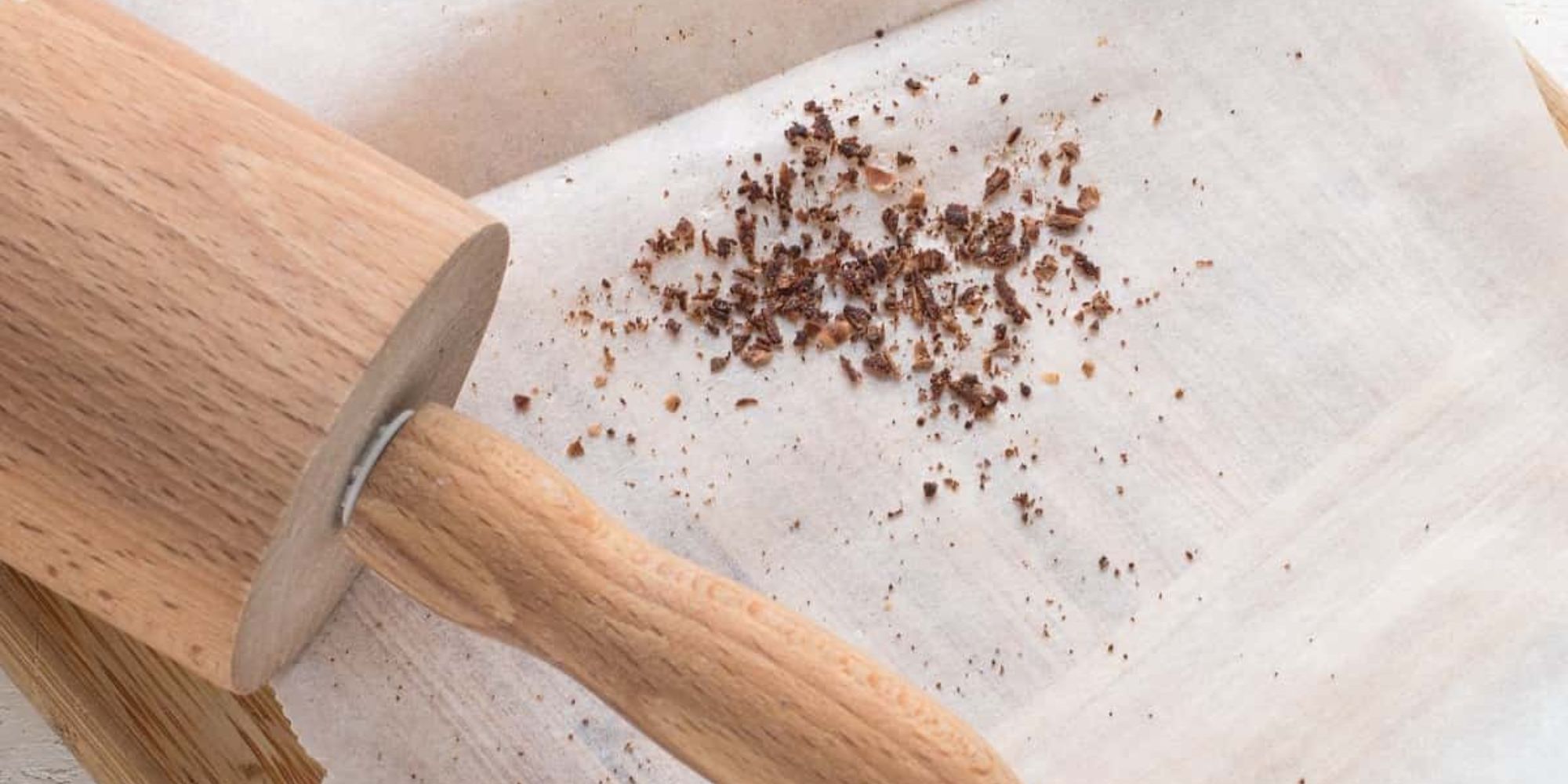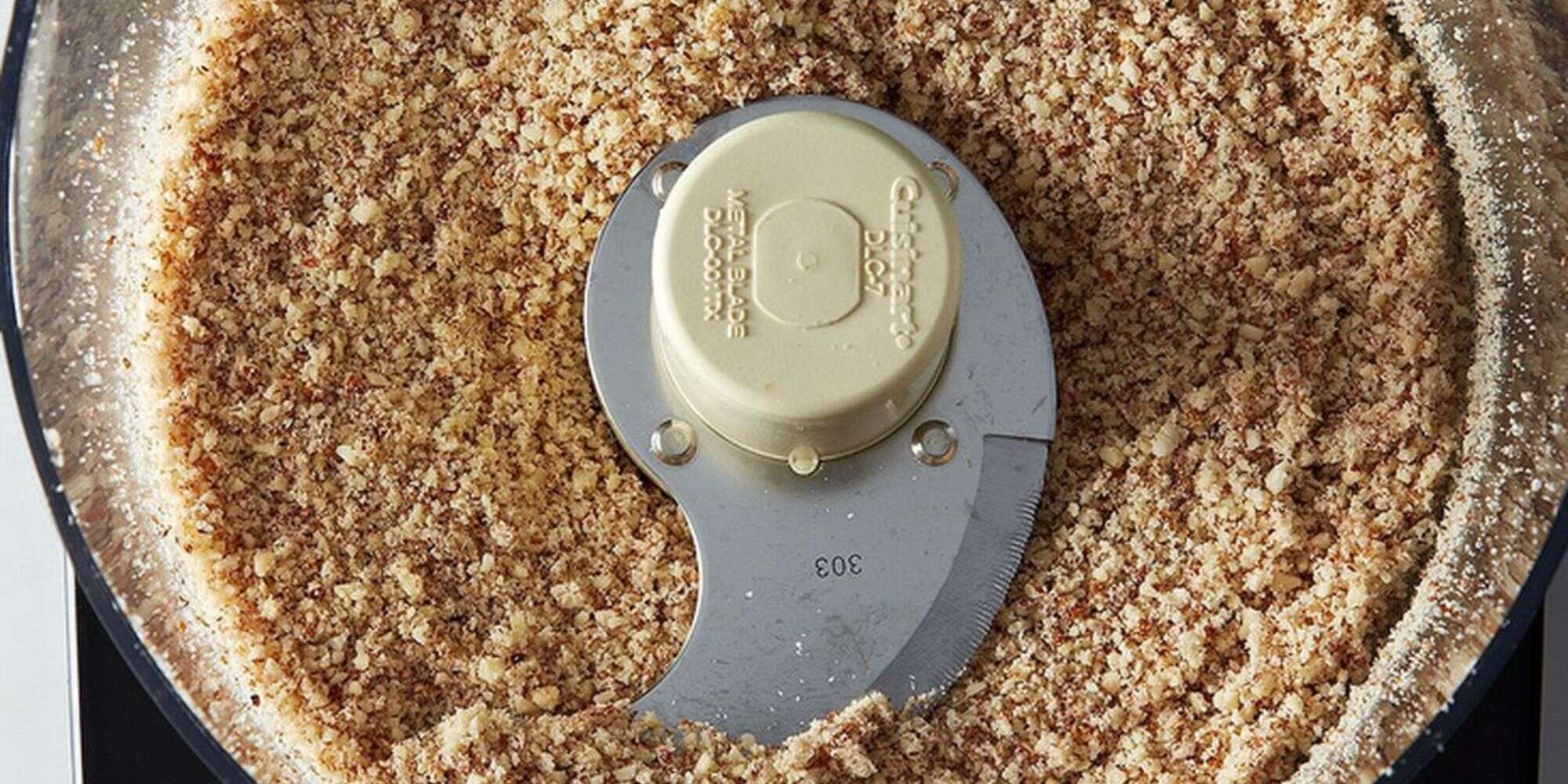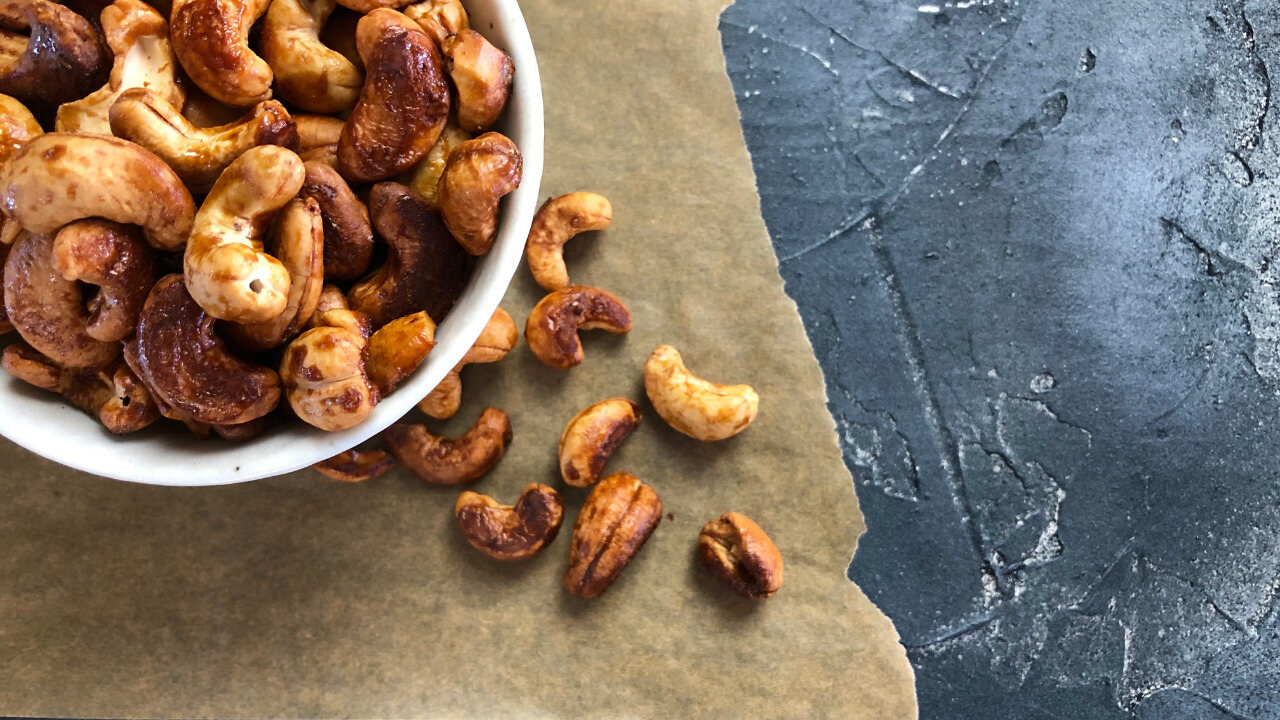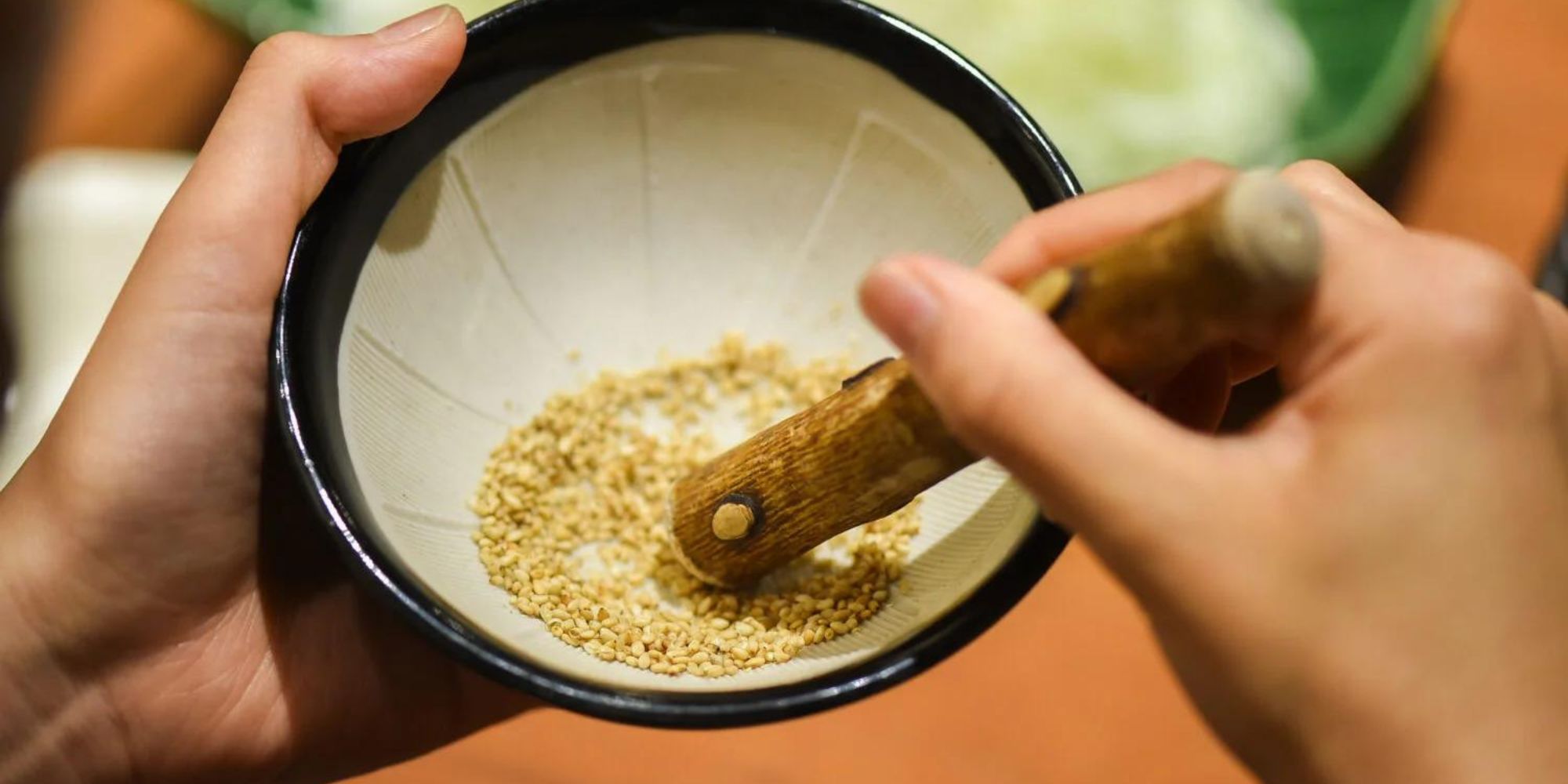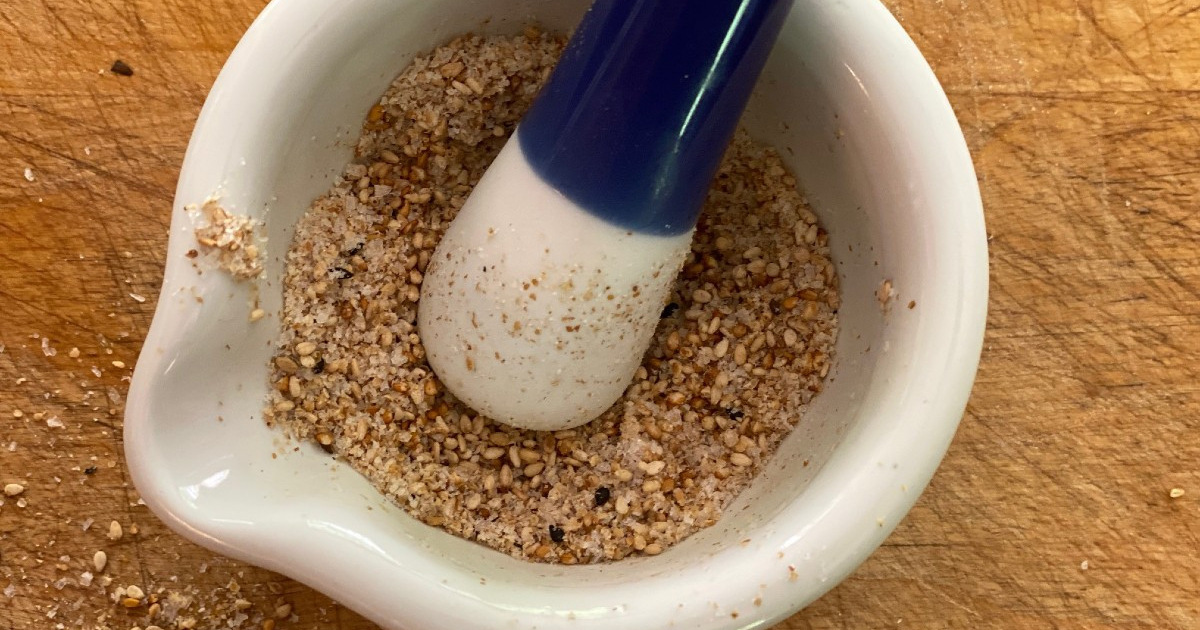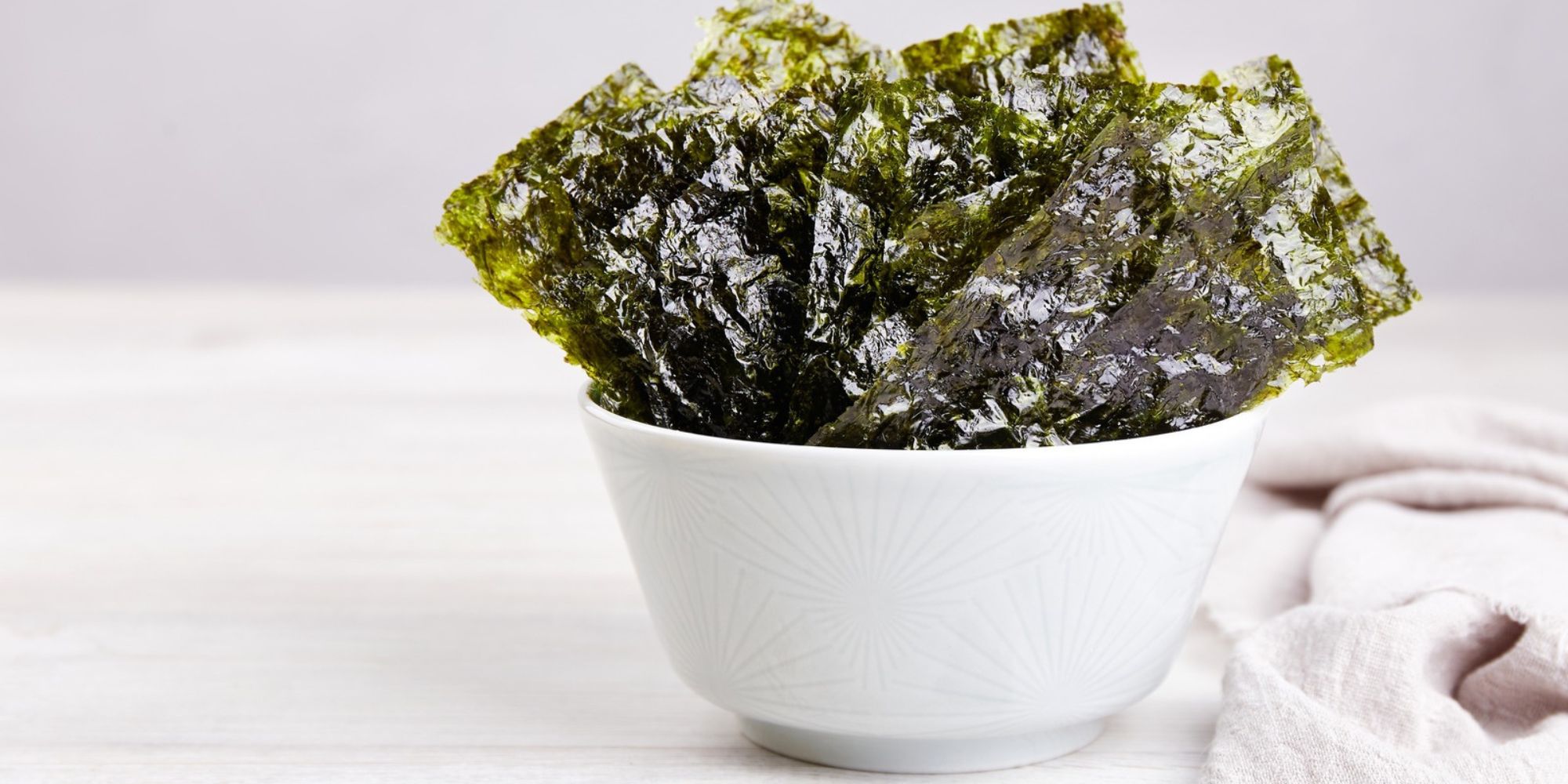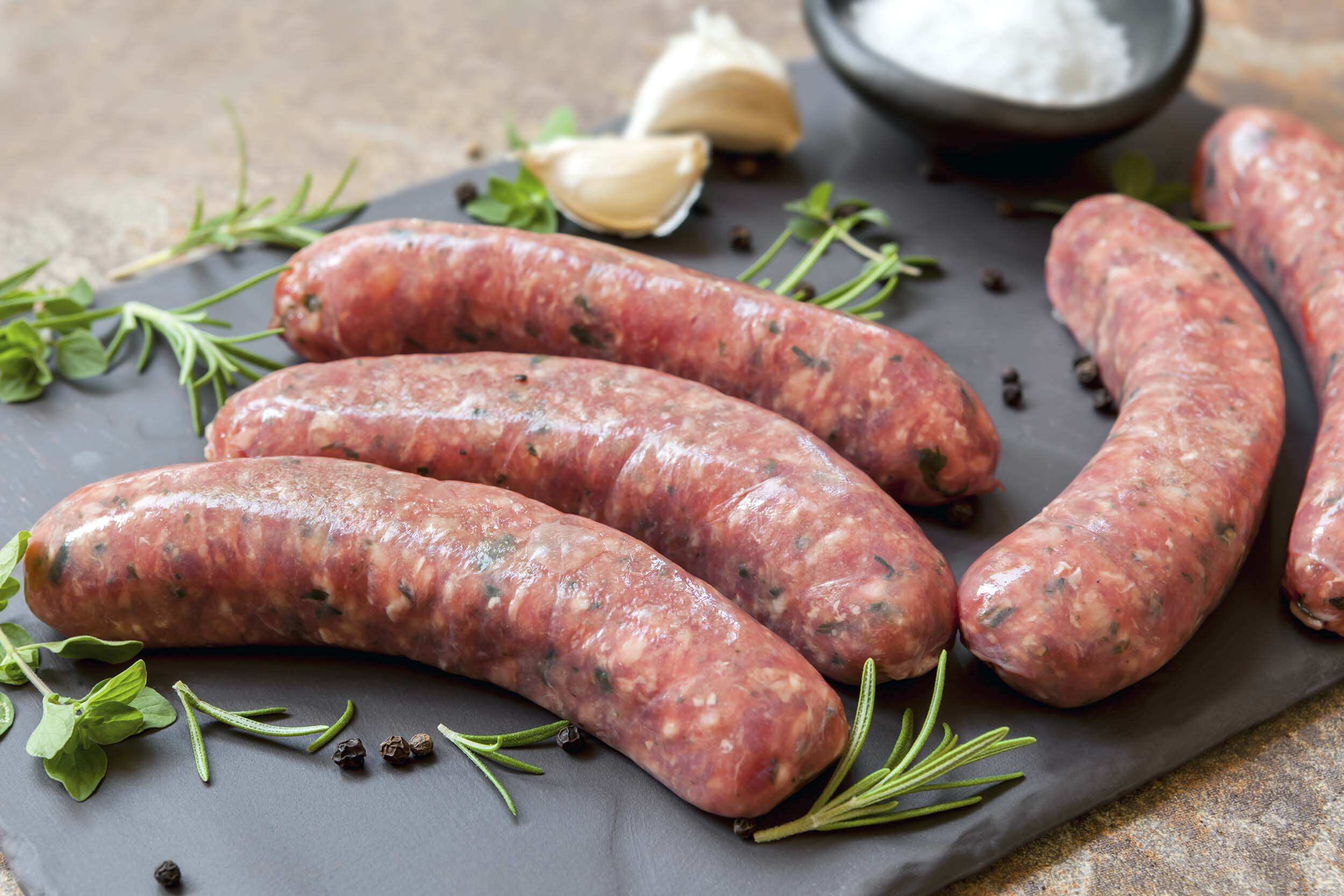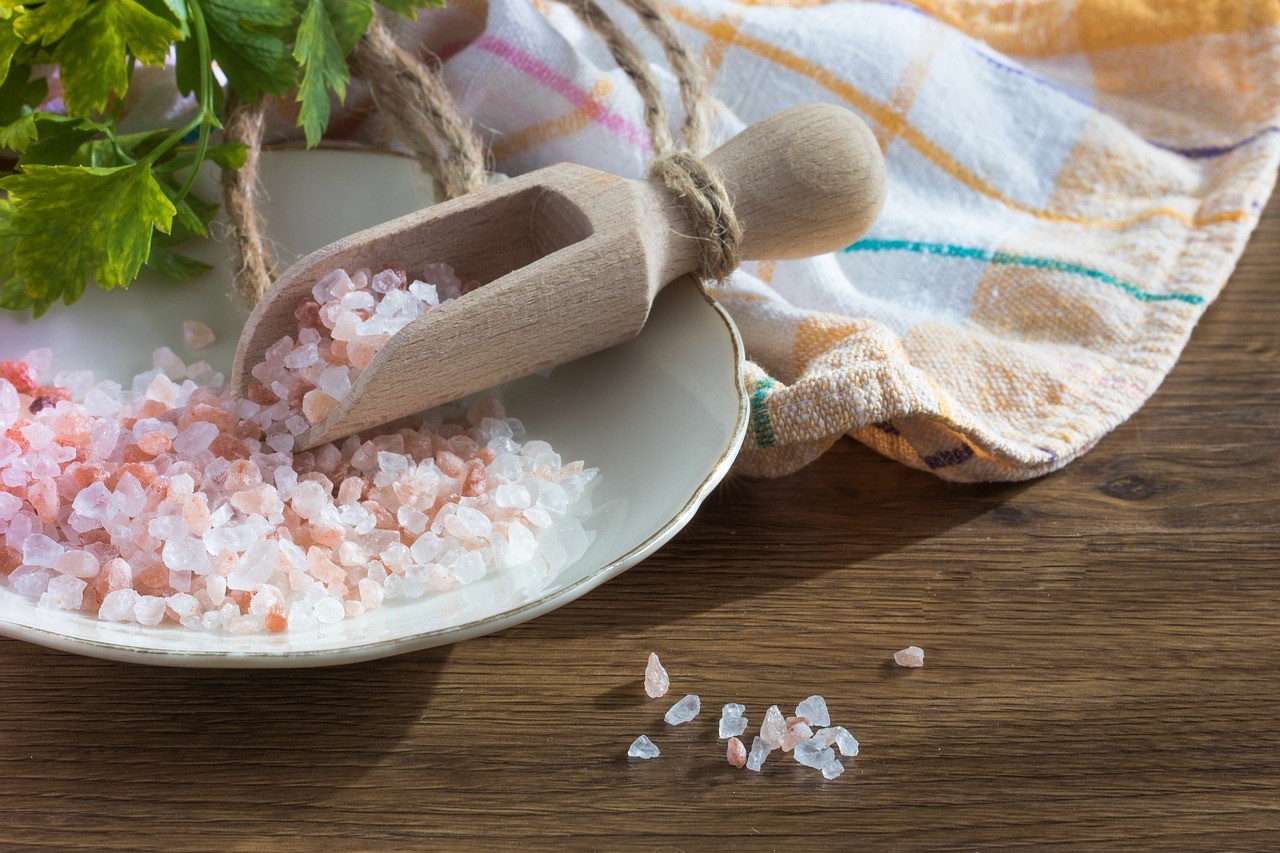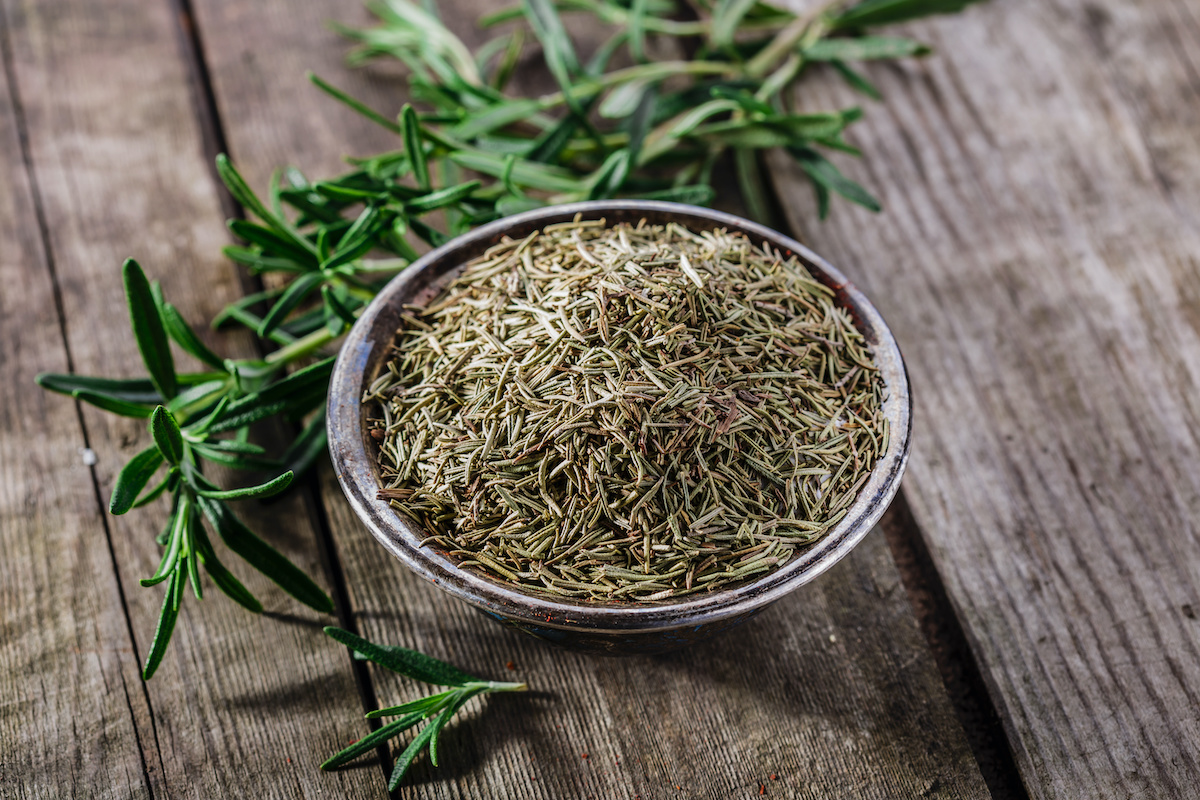How to Grind Spices in a Food Processor
Using a food processor to grind spices is a quick and efficient way to add fresh flavors to your cooking. Whether you’re making a homemade curry blend or adding a pop of flavor to your favorite dishes, grinding spices in a food processor can elevate your culinary creations. Here’s a step-by-step guide to help you master the art of grinding spices in a food processor.
Choose the Right Spices
Before you start grinding, it’s essential to choose the right spices for your recipe. Whether it’s whole cumin seeds, coriander seeds, peppercorns, or any other spice, ensure that they are fresh and of high quality for the best flavor. You can also experiment with different spice combinations to create your unique blends.
Prepare the Food Processor
Ensure that your food processor is clean and dry before you begin. It’s important to use a dry food processor to prevent any moisture from affecting the texture and flavor of the spices. Additionally, make sure the food processor’s blade is sharp and in good condition for efficient grinding.
Measure the Spices
Measure the desired quantity of spices based on your recipe. It’s essential to follow the recipe’s guidelines to achieve the perfect flavor profile. Whether you need a small amount for a specific dish or a larger quantity for a spice blend, accurate measurements are crucial for the best results.
Grinding Process
Now, it’s time to start grinding the spices in your food processor. Follow these steps for a successful grinding process:
- Add the Spices: Place the measured spices into the food processor bowl.
- Pulse: Pulse the food processor in short bursts to begin breaking down the spices. Avoid running the processor continuously, as this may lead to uneven grinding.
- Scrape the Sides: Stop the food processor and scrape down the sides of the bowl with a spatula to ensure that all the spices are evenly ground.
- Continue Grinding: Resume pulsing the food processor until the spices reach the desired consistency. Keep an eye on the texture to avoid over-grinding.
Check the Consistency
Once you’ve finished grinding, check the consistency of the spices. They should be finely ground and free of any large pieces. If needed, pulse the food processor a few more times to achieve the desired texture.
Store the Ground Spices
Transfer the freshly ground spices to an airtight container for storage. Properly labeled jars or containers will help you stay organized and ensure that your ground spices remain fresh for future use. Store the spices in a cool, dry place away from direct sunlight to maintain their flavor and potency.
Clean the Food Processor
After grinding the spices, it’s important to clean your food processor thoroughly. Disassemble the parts and wash them with warm, soapy water, ensuring that no spice residue is left behind. Dry the components completely before reassembling the food processor for future use.
Experiment with Flavors
Now that you’ve mastered the art of grinding spices in a food processor, don’t be afraid to experiment with different flavors and spice combinations. Whether you’re creating a custom curry blend, a zesty rub for meats, or a fragrant seasoning for vegetables, the possibilities are endless. Enjoy the process of exploring new flavors and enhancing your culinary creations with freshly ground spices.
Grinding spices in a food processor is a simple yet impactful way to elevate your cooking. By following these steps, you can unlock the full potential of whole spices and add depth and complexity to your dishes. Embrace the art of spice grinding and savor the vibrant flavors it brings to your culinary adventures.
Using a food processor to grind spices opens up a world of flavorful possibilities. For those who love spicy and aromatic dishes, Moroccan Ras El Hanout and Indian Butter Chicken are excellent choices. The Ras El Hanout blend is perfect for adding a complex depth to Moroccan dishes, while the Butter Chicken benefits from the freshly ground spices, elevating its rich, creamy sauce. If you prefer something with a kick, the Jamaican Jerk Seasoning offers a fiery blend that's great for grilling meats. Additionally, Ethiopian Berbere Spice Mix is a must-try for those who enjoy bold, spicy flavors in stews and lentil dishes. Finally, for a more versatile option, Homemade Italian Seasoning can easily be incorporated into a variety of pasta dishes, soups, and even as a seasoning for roasted vegetables. These recipes not only showcase the benefits of freshly ground spices but also add a burst of authentic flavors to your culinary repertoire.
